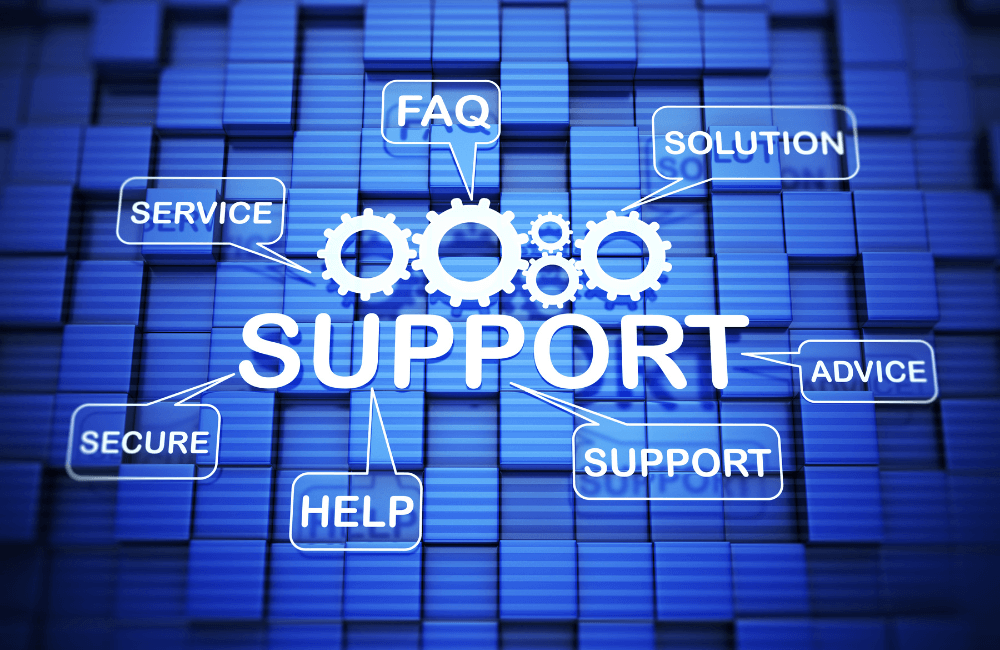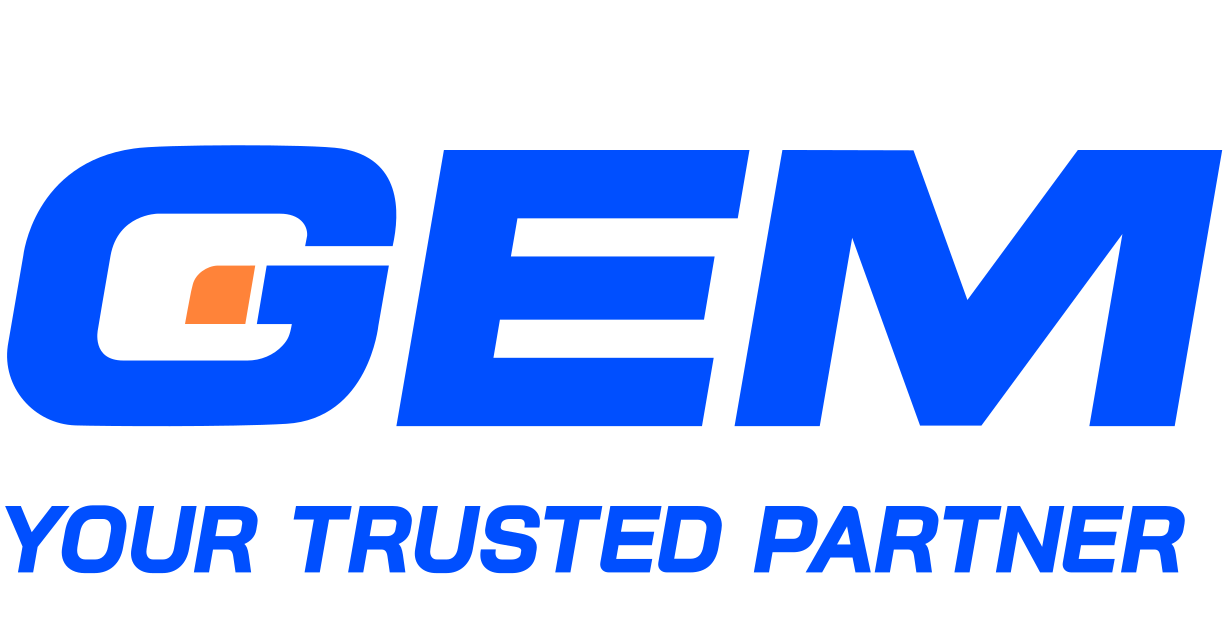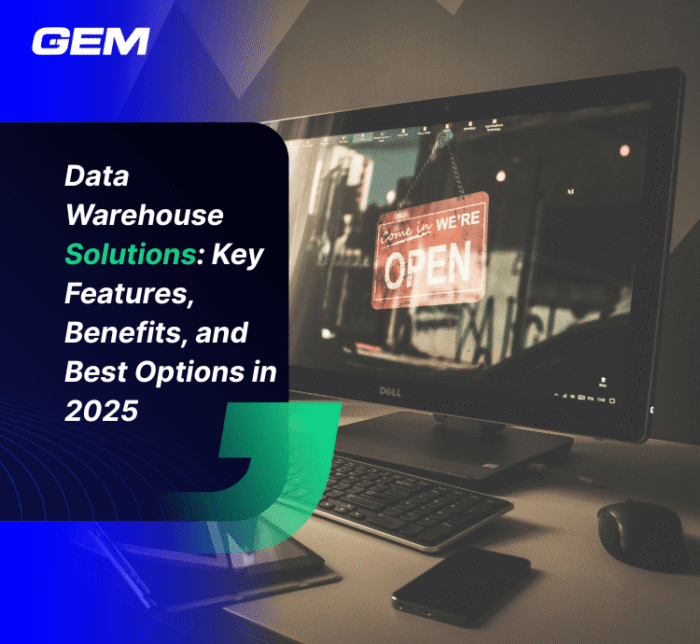Contents
As technology demands grow and operations become more digitized, businesses are re-evaluating how they structure IT support. The right mix of services can help teams stay resilient, improve performance, and adapt to new requirements without escalating complexity. This IT support services list covers both core offerings, like cybersecurity, network management, and help desk functions, and advanced solutions, including AI, cloud strategy, and analytics. Each category reflects how IT support is shifting from reactive troubleshooting to structured, strategic delivery. Here’s how organizations are building their IT foundations and scaling them for what’s next.
What are IT Support Services?

IT support services cover a wide range of technical functions that keep a company’s technology systems operational, reliable, and aligned with business goals. These services include cybersecurity, data backup and disaster recovery, cloud services, network management, help desk support, hardware and software installation and maintenance, and IT consulting. Together, they address everything from day-to-day user issues to long-term infrastructure planning. Many providers also include performance monitoring, compliance support, and system upgrades as part of their offering. The goal is to maintain system uptime, safeguard digital assets, and provide the technical foundation for business continuity and growth.
IT Support Services List: 13 Core Offerings and Advanced Services

Core IT Support Services
These are foundational services that support day-to-day operations, system reliability, and business continuity. Each function addresses a specific aspect of IT infrastructure, ranging from security to user access to data protection.
1. Cybersecurity
Cybersecurity services protect systems, networks, and data against unauthorized access, malware, and targeted attacks. This includes firewall configuration, endpoint protection, intrusion prevention, email security, and threat monitoring. Providers often offer a layered approach, combining real-time monitoring with incident response protocols and compliance reporting. Whether managed internally or through a third-party service, cybersecurity teams work across departments to secure access points, maintain visibility, and limit risk exposure.
2. Data Backup and Disaster Recovery
These services focus on data availability and recovery planning. Regular backups are scheduled across local and cloud environments, covering files, applications, and databases. Disaster recovery plans go further by defining how systems are restored and how quickly operations can be resumed. Businesses often segment their backups by priority—critical systems are restored first, followed by lower-tier functions. Testing recovery processes and validating backup integrity are standard parts of this service.
3. Cloud Computing Support
Cloud support covers the deployment, integration, and management of cloud-based tools and infrastructure. Teams rely on this service to access storage, computing power, and applications remotely. It includes configuring access rights, managing virtual machines, handling data synchronization, and supporting migration efforts. Cloud support also plays a role in cost control, including tracking usage, recommending service tiers, and decommissioning unused resources. Businesses often pair this with identity access management and security controls to manage distributed environments.
4. Network Support

Network support addresses the design, implementation, and maintenance of internal connectivity. It begins with setting up routers, switches, VPNs, and access points, then continues through performance monitoring, bandwidth management, and traffic segmentation. Support teams monitor for outages, unauthorized activity, and latency issues to maintain operational flow. In multi-site settings, they coordinate across locations to maintain consistent policies and configurations. Remote access setup and secure Wi-Fi management also fall under this service.
5. Help Desk / End-User Support
This service acts as the first point of contact for technical assistance. Help desks manage tickets ranging from password resets and device setup to software glitches and connectivity issues. Support is often tiered – basic issues are resolved quickly, while complex problems are escalated to specialized teams. Businesses may operate in-house desks or contract with 24/7 providers. Consistent documentation and user feedback loops are part of this service, helping identify recurring problems and inform long-term fixes.
6. Hardware and Software Support
This includes installation, configuration, repair, and lifecycle management of IT assets. Hardware support covers devices like desktops, laptops, printers, and routers. Software support focuses on deployment, patching, compatibility checks, and licensing compliance. IT teams assess business needs to recommend tools, schedule upgrades, and decommission outdated systems. This service also includes performance monitoring, identifying hardware bottlenecks or software conflicts before they interrupt operations.
7. Remote Support
Remote support services offer real-time, off-site assistance for resolving technical issues. IT teams can access user devices through secure connections to diagnose and fix problems ranging from software errors to system configurations. This service reduces downtime and avoids the need for on-site visits. It typically includes remote updates, application rollouts, and system health checks across multiple devices. As hybrid and remote work models become more common, remote support plays a central role in IT responsiveness.
Advanced & Specialized Services

While core services form the operational base, many organizations are extending their IT function to include more specialized capabilities. These advanced services help businesses manage scale, improve decision-making, and adopt new technologies without expanding internal headcount or infrastructure from scratch.
8. Managed IT Services
Managed IT services refer to the ongoing, outsourced management of a company’s IT environment. Delivered by a managed service provider (MSP), this model covers a wide range of tasks, including remote monitoring, network administration, patch management, device provisioning, and cloud infrastructure support. Businesses often use managed services to stabilize costs, access specialized expertise, and maintain consistent service levels. Contracts are flexible, organizations can choose to outsource their entire environment or only specific functions such as cybersecurity or server maintenance.
9. IT Consulting
IT consulting services provide strategic guidance on how to align technology with business priorities. Consultants assess current systems, recommend architecture improvements, and support decision-making around vendor selection, compliance, security, and digital transformation. These services are often used during business expansion, M&A activity, or large-scale system upgrades. A well-structured consulting engagement defines not just the technology path but also the governance, resource planning, and change management efforts required to adopt it.
10. VoIP (Voice over Internet Protocol)
VoIP replaces traditional phone lines with internet-based communication systems. This allows teams to make calls, host virtual meetings, and send messages using broadband connections. VoIP systems often integrate with other collaboration tools and CRMs, making them suitable for distributed teams and customer-facing operations. Services include system setup, number porting, bandwidth configuration, and account management. Businesses benefit from unified communication platforms with flexible pricing models and scalability across locations.
11. Business Intelligence & Analytics
BI and analytics services help businesses consolidate data from various sources and interpret it through dashboards, reports, and predictive models. These services involve data integration, visualization, and performance tracking across departments. Whether optimizing operations, tracking customer behavior, or analyzing financial trends, BI tools support better planning and faster decision cycles. Providers often combine domain knowledge with technical platforms like Power BI, Tableau, or Looker to deliver tailored insights.
Explore more: Four must-know technology trends to prepare for 2025
12. Artificial Intelligence (AI) Services
AI services focus on identifying use cases for automation, machine learning, and intelligent systems within business workflows. This includes AI strategy development, model training, natural language processing (NLP), and integration into existing platforms. Common applications include customer service chatbots, predictive maintenance, fraud detection, and document processing. These services are used to improve accuracy, speed, and consistency in handling repetitive or data-heavy tasks. Providers typically begin with a readiness assessment before building and deploying models that fit specific business needs.
13. Software Development
Custom software development services address specific operational needs that off-the-shelf solutions can’t meet. Development teams design, build, and maintain applications tailored to unique business processes. This includes web platforms, mobile apps, internal tools, and integration layers between systems. The service often involves requirements gathering, prototyping, testing, and long-term maintenance. For many companies, custom development provides a competitive edge by introducing automation or functionality that aligns directly with workflow priorities.
Why IT Support Services Are Becoming Strategic Investments

As companies digitize more of their operations, the role of IT has shifted from simply fixing problems to actively shaping outcomes.
Minimize Downtime
System outages and application failures disrupt workflows and erode customer trust. Structured IT support limits these risks through proactive monitoring, rapid incident response, and preventative maintenance. These services identify issues before they scale, maintaining service continuity across departments and customer touchpoints.
Improve Productivity
Employees rely on stable systems to get their work done. IT support keeps core tools – email, collaboration platforms, business applications, running smoothly. When routine technical problems are resolved quickly, teams can stay focused on their goals rather than troubleshooting software or waiting for device repairs.
Strengthen Security Posture
With cyber threats growing in frequency and complexity, security cannot be left to ad hoc responses. IT support includes endpoint protection, access control, and vulnerability management, helping businesses stay ahead of threats. These capabilities are particularly relevant for regulated industries or any company handling sensitive customer or financial data.
Access to Specialized Knowledge
Many small and mid-sized businesses do not have the internal capacity to cover every area of IT, from infrastructure to compliance to AI integration. IT support providers bring in-depth experience across disciplines, delivering guidance and execution without requiring full-time hires. This access becomes especially valuable when scaling operations or adopting new technologies.
Support Long-Term Strategy
IT support services also guide broader transformation goals. Whether transitioning to the cloud, exploring automation, or integrating data systems, support teams contribute insights on architecture, cost structures, and vendor ecosystems. In that sense, they become long-term partners.
How to Select a Suitable IT Support Services Provider?

Choosing an IT support services business to collaborate with is finding a partner who understands your business model, growth path, and risk tolerance. The selection process should assess both operational fit and strategic alignment.
- Define Scope and Priorities
Start by identifying which services are required: day-to-day troubleshooting, network management, cloud operations, cybersecurity, or strategic consulting. Some providers offer full-stack support, while others specialize in niche areas.
- Evaluate Experience and Capabilities
Look for providers with a proven track record in your industry or business size. Ask about certifications, case studies, and service level agreements (SLAs). Evaluate their ability to scale with your needs, whether that means supporting remote teams, integrating with existing tools, or managing compliance requirements.
- Assess Support Structure and Availability
Understand how support is delivered: Is it 24/7? Do they offer remote and on-site services? What’s the average response time for high-priority issues? A clear escalation path and dedicated account management can make a noticeable difference in service quality.
- Review Security and Compliance Standards

Make sure providers adhere to recognized security frameworks and offer transparency on how they handle data, access, and system updates. For companies in regulated sectors, compliance knowledge (e.g., GDPR, HIPAA) is not optional.
- Consider Integration and Flexibility
An effective provider should be able to work within your existing environment. This includes supporting your current software stack, integrating with internal teams, and offering flexible engagement models, that can be a fixed monthly retainer or project-based support.
- Check References and Performance Metrics
Ask for client references and review metrics such as average resolution time, uptime guarantees, and customer satisfaction scores. These indicators provide insight into how the provider performs under real-world conditions.
- Align on Communication and Reporting
Transparency is key. Choose a provider that offers regular reporting, system health checks, and recommendations for improvement. Clear communication builds trust and helps both sides anticipate issues before they impact operations.
Discover GEM Corporation’s Comprehensive IT Support Services List

GEM Corporation is a trusted technology partner with over a decade of experience delivering tailored IT solutions across sectors such as retail, healthcare, finance, manufacturing, and education. With over 500 IT professionals and a track record of delivering 300+ projects across 10+ countries, GEM Corporation brings both scale and experience to the IT services space. Our focus on emerging technologies – AI, automation, cloud, and data, positions us to guide clients through complex digital transformations with clarity and precision. Backed by partnerships with platforms like ServiceNow and Databricks, we bring both innovation and execution to every engagement.
GEM offers a comprehensive range of IT support services that cover both operational stability and strategic transformation:
- Managed IT Services: Ongoing management of infrastructure, devices, and end-user systems with flexible service models.
- Cloud Services: Multi-cloud management, cloud-native development, cloud migration, and managed cloud operations.
- Application Development & Modernization: Custom software development, legacy system upgrades, mobile and web app creation, and low-code/no-code solutions.
- Quality Assurance & Testing: Automation testing, functional and end-to-end testing, and security testing to ensure system reliability and compliance.
- AI & Automation: AI chatbot development, computer vision, RPA, predictive recommendation engines, and generative AI solutions.
- Data Services: Data platform transformation, governance, data lake/warehouse setup, analytics, engineering, and migration.
- DevOps Services: Streamlined deployment pipelines, CI/CD setup, and collaboration between development and operations teams.
- Digital Strategy Consulting: Advisory support for enterprise architecture, emerging technology adoption, and long-term IT planning.
Conclusion
A clear and well-prioritized IT support services list helps businesses stay operational, adapt to change, and pursue new opportunities with less friction. Core services keep systems stable and secure, while advanced offerings like cloud, AI, and analytics support faster decision-making and new product development. Together, they form a structure that supports both day-to-day needs and long-term plans.
To learn how GEM can help you define and implement the right IT support strategy, get in touch with our team.






